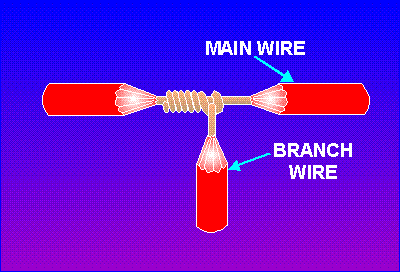Terminate electrical wiring circuits
COMPETENCY BASED LEARNING MATERIAL
| METRO DUMAGUETE COLLEGE |
HOW TO USE THIS MODULE
Welcome to the Module “Terminating and Connecting Electrical Wiring and Electronic Circuits”. This module contains training materials and activities for you to complete.
You may already have some of the knowledge and skills covered in this mod-ule because you have:
o been working for some timeo Already have completed training in this area.
|
Date Developed: | Document No. | ||
|---|---|---|---|---|
|
||||
INTRODUCTION
This module contains information and suggested learning activities on Computer System Servicing NC II. It includes the following competencies: plan and prepare for termination/ connections of electrical wiring/electronic circuits, terminate/connect electrical wiring/electronic circuits, and test termination/connections of electrical wiring/electronic circuits.
|
|---|
Side Cutter Pliers - used for cutting or trimming of connecting wires or terminal leads in the circuit board
Long nose Pliers – used for holding, bending and stretching the lead of electronics component or connecting wire.Soldering Pencil – used to join two or more metal conductors with the support of soldering lead melted around it.
OHS – Occupational Health and Safety
Assessment Criteria:
1. Materials are checked according to specifications and task.
INFORMATION SHEET 1.1
Use of Tools
Without the knowledge and aid of the multitester and other sophisticated equipment such as regulated power supply, signal generator and oscilloscope, troubleshooting is impossible. Here are the following basic tools and equipments needed for the repair of electronics devices and appliances:
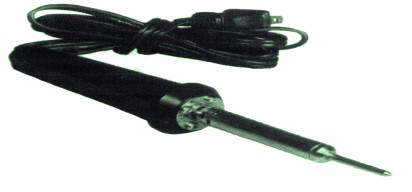
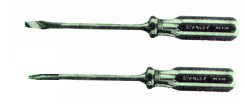
Figure no. 4
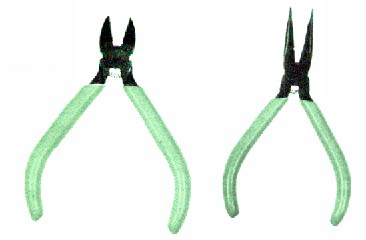
1 Long Nose Pliers – is used for holding, bending and stretching the lead of electronics component or connecting wire. See figure no. 1.
2. Side Cutter Pliers – is used for cutting or trimming of connecting wires or terminal leads in the circuit board. See figure no. 2.
B. Basic Electronic Equipment
1. Multi-Volts Power Supply –is used to supply the desired direct currentvolt-ages in the circuit. See figure no.9.
| Criteria | Score | Descriptor |
|---|---|---|
| Identified 10 tools | 5 | Excellent |
| Identified 7-9 tools | 4 | Very good |
| Identified 4-5 tools | 3 | Good |
| Identified 2-3 tools | 1-2 | Fair |
| Identified 0-1 tools | 0 | Poor |
Self-Check 1.1
Self-Test
A. State whether the following is equipment or a handtool.______________ 3. Side Cutter Pliers is used for cutting or trimming of connecting wires or terminal leads in the circuit board.
______________ 4. A multi-tester is used in boring holes in the plastics chassis. ______________ 5. A long nose pliers is used for holding, bending and sketching the lead of electronics component or connecting wire.
| : |
|
|---|
Assessment Criteria:
1. Safety procedure in using tools are properly observed at all times appropriate personal protective equipment is observed.
INFORMATION SHEET 2. 1
Electrical termination of a involves providing a terminator at the end of
Electrical Connections
Whether adding new electrical gear or rewiring something already aboard, the requirements for a reliable and safe electrical connection are the same. You need the right wire, the right terminal fittings, and a couple of inexpensive hand tools.SOLDERING
ACTIVITY SHEET 2.1
Learning Outcome 2. Soldering and Terminating Techniques
| Item no. | 1 | 2 | 3 | 4 | 5 | ||
|---|---|---|---|---|---|---|---|
|
|||||||
|
|||||||
Terminate the given electrical splices and joints given the following:
2.1 Western union short tie
2.4 - Fixture joint.
| : |
|---|
Learning Outcome 3 : Test Termination and or Connection of Electrical Wirings/electronics circuits
Assessment Criteria:
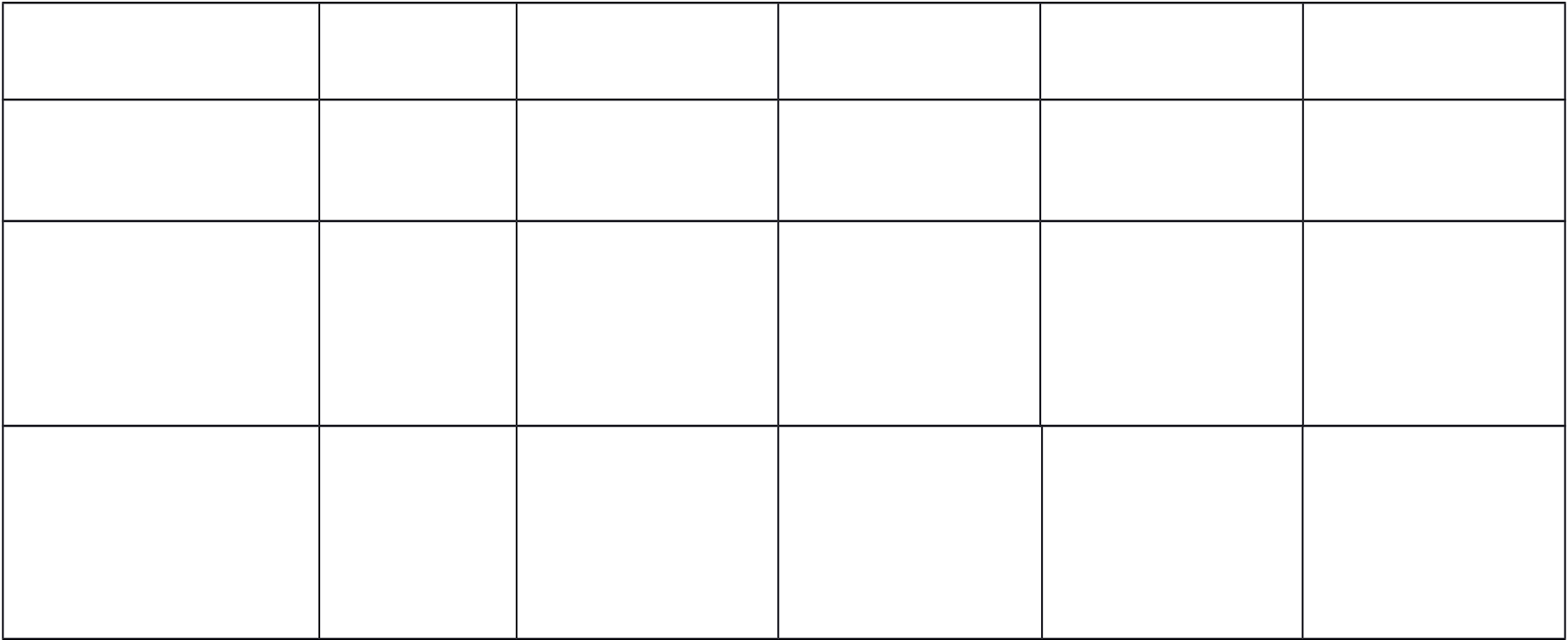
Materials Required:
Side Cutter Pliers
Long Nose Pliers
series parallel connection.
You will be assessed according to the following criteria:
precautions in
using tools and
resistance was
observed
1 – Poor
INSTRUMENT FOR INSTITUTIONAL ASSESSMENT
followed correct sequence in termination / connection process
conducted testing of terminated connected electrical wiring/elec-tronic circuits using appropriate procedures and standards
|
||||
|
||||
|
||||
|
||||



